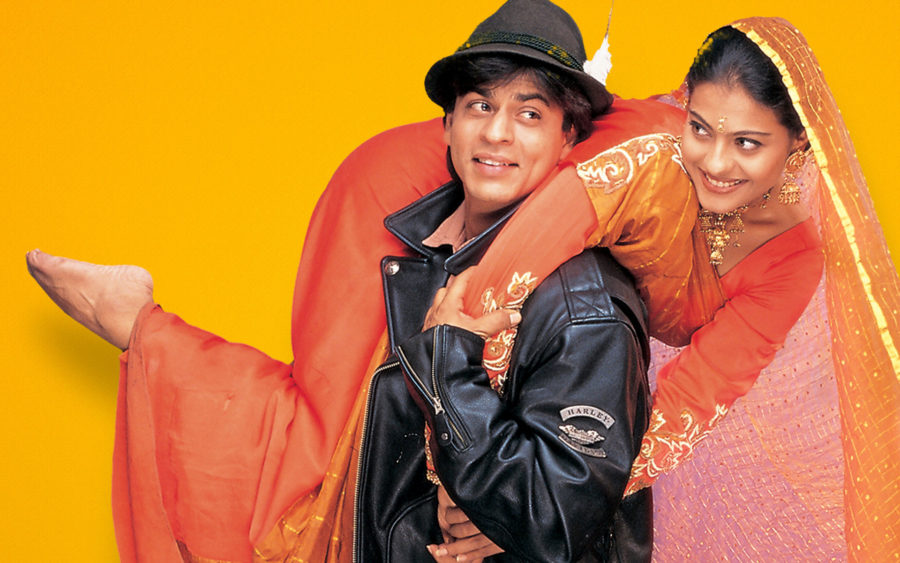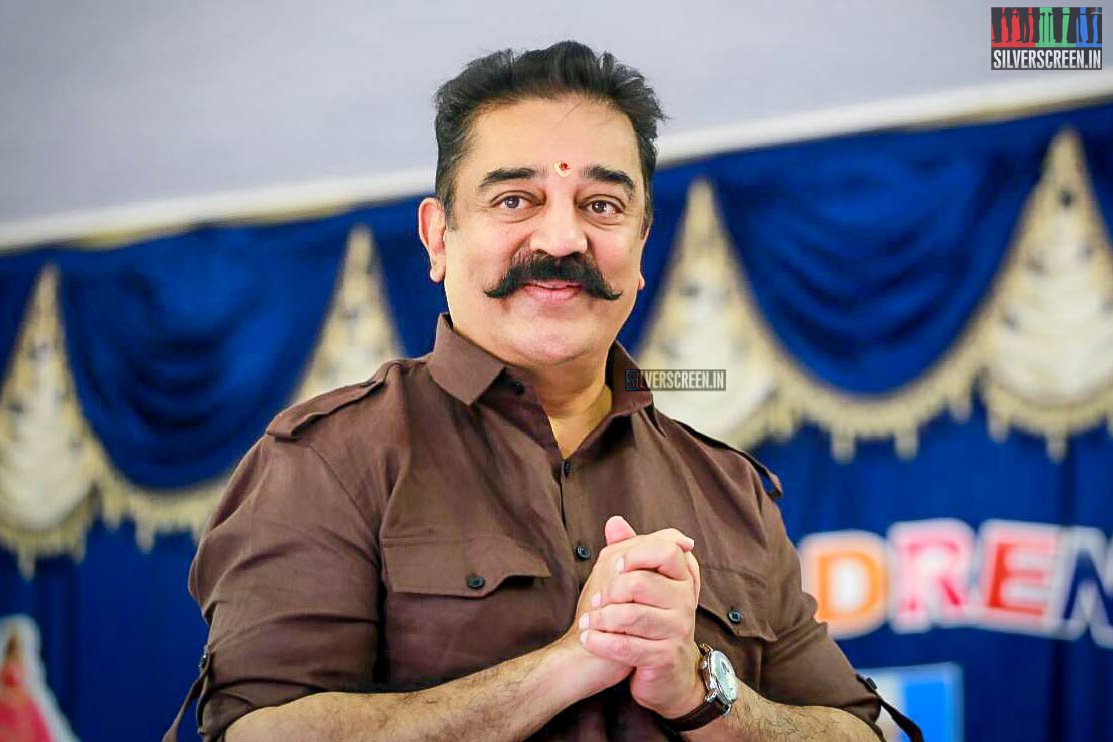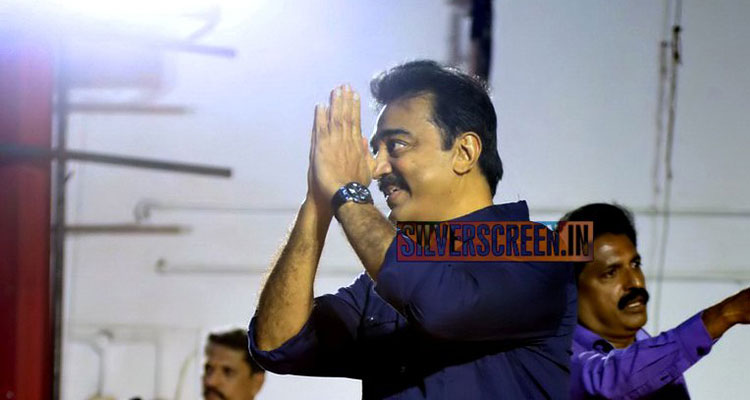I was ten years old when DDLJ released. On a chilly winter afternoon in Nagpur, my aunt and her friends took me to watch the movie. We went for a matinee show in Alankar Talkies but had to settle for the evening show since it was housefull, and queues for tickets were a kilometer long. As the movie began, with the first scene, I drifted into a whole new different world that was attractive, pleasing to my eyes, and senses, known faces, known language and, known values. One half of the movie showed me London and Europe, oh so pleasing, and the latter half glorified the Indianness taking place in Punjab or in the name of Punjab. The Europe part, as a story as well as backdrop, showed in this film is something caste-ridden Indian audiences, (especially those exploited among them), always want to belong to as an escape from caste, but can never. The Punjab part, as a story and backdrop, showed in the film, is quite opposite to the reality of that time.
Memories of the ‘1984 Sikh Massacre’ were very much in the hearts and minds of Sikhs across the globe in 1995. By 1995, Punjab started witnessing horrible repercussions of drug abuse. The agonies of landless Dalit Sikhs were unimaginable. Punjab of 1995 was defined by these facts. But except Punjabis, no one seemed to have an inkling of these. The Hindi cinema audience, alienated from Punjabi cinematic and literary imagination, ignorantly loved the Punjab of DDLJ; the Punjab of’Sarson Ke Khet’, green pasture land, milk, lassi, prosperity, etc. Giving Dalit-Bahujan audiences a tour of Hindustani liberation in soothing European land, where a Hindustani boy and girl could seek an adventure together —simultaneously proud of their Hindustani values—was a perfect case of creating false consciousness. By camouflaging realities, be it caste or other.
Now it is not 1995. It is 2020. We can ask ourselves, what made Dilwale Dulhania Le Jayenge the most ‘successful’ and most ‘popular’ film that Bollywood has ever produced? The answer is not simple. Nonetheless, it is not difficult if we know the culture industry of India and the ideology it thrives on. Many of us are now exposed to the brahmanical notions that cinema in India has been producing for decades. The most ‘successful’ and ‘popular’ in it, especially a movie from Bollywood, is also most likely to produce false consciousness at mass level, not only socially but imaginatively. Dilwale Dulhania Le Jayenge did not become successful or popular because it appealed to the consciousness of a caste-blind-audience. It is what it is because it offered an infatuating love-rebel imagination to Indians and casteist, patriarchal and sexist imagination, in the name of Hindustani Tehjib, to upper-caste Indians abroad.
DDLJ is neither pure fiction nor reality. It is an imaginary world none of its audiences had access to but craved for. Raj and Simran, both are NRIS, grew up in London. Raj’s caste is Khatri whereas Simran belongs to a Jat family. Raj’s father Dharamvir Malhotra, as he himself confesses, is an uneducated, illiterate man from Punjab’s Bathinda, but is a millionaire in London? Simran’s father owns a shop and is orthodox. He loves feudal caste values. All of them, despite their different personalities, are Hindustani at heart. Meaning, they are true to their castes, even if they don’t explicitly assert it. Raj and Simran travel together, drink too, also share intimate moments but do not have sex. Because for Simran, losing virginity before sex is immoral. Raj can’t have sex with Simran because, as he says, “main ek hindustani hu, aur main janata hu ki ek hindustani ladaki ki ijjat kya hoti hai” (I am a Hindustani, and I know what honour for a Hindustani girl means.) But then, Raj confesses to Simran by the end of their Europe trip, “Affairs toh bahot huye hai pyar kisi se nahi hua.” (I have had a lot of affairs but never fell in love with anyone). If we interpret both these sentences from the same person, then we come to the conclusion that Raj has had affairs with non-desi British women, but the same person can not have sex with a Hindustani girl before marriage. Raj is not a nice boy. He is a feudal, selectively sexist, Khatri Indian. Simran is a victim of this feudality, caste, and sexism too, both at home and with Raj. But since Raj and Simran are in London, a supposedly liberal space where they have a sense of sexual freedom, yet act fully as per caste-norms. They are loved by caste-audiences abroad and in India. Raj and Simran, for audiences abroad, live their nostalgia and casteist values. Raj and Simran, for audiences in India, live their reveries in London. This is the ‘moment of convergence’ in cinema in which the audience becomes a character of the movie, at the level of feeling and imagination.
Recommended
DDLJ, in my opinion, is not a movie about love. It’s about how caste-norms make love a pathological act. Simran, despite studying in London, agrees to marry a stranger. She sacrifices her newly found love for Raj. Her father encounters her feeling of love for Raj and is enraged. They leave immediately for India. Raj follows them. He works out on a plan to convince her feudal father. He hides his purpose from her father, gets along with their family, is a nice sweet guy, and is determined to win their hearts so he can ask for Simran’s hand. Nothing works out. His intentions are revealed. It is only at the railway station, as he resorts to violence to protect his father and himself from Simran’s fiance and his goons that Simran father’s comes across a revelation: Raj deserves Simran. Being a nice guy does not impress her father. Only violence leads to the realisation that Simran deserves Raj.
Raj and Simran are not NRIs, nor they are Indian. Both of them are creations of caste imagination associated with Punjab, but not of Punjab, for the Dalit-Bahujan audiences in India. The film justifies caste-norms at the cost of erasing Punjabiyat, in which, love had revolutionary connotation, not casteist.



